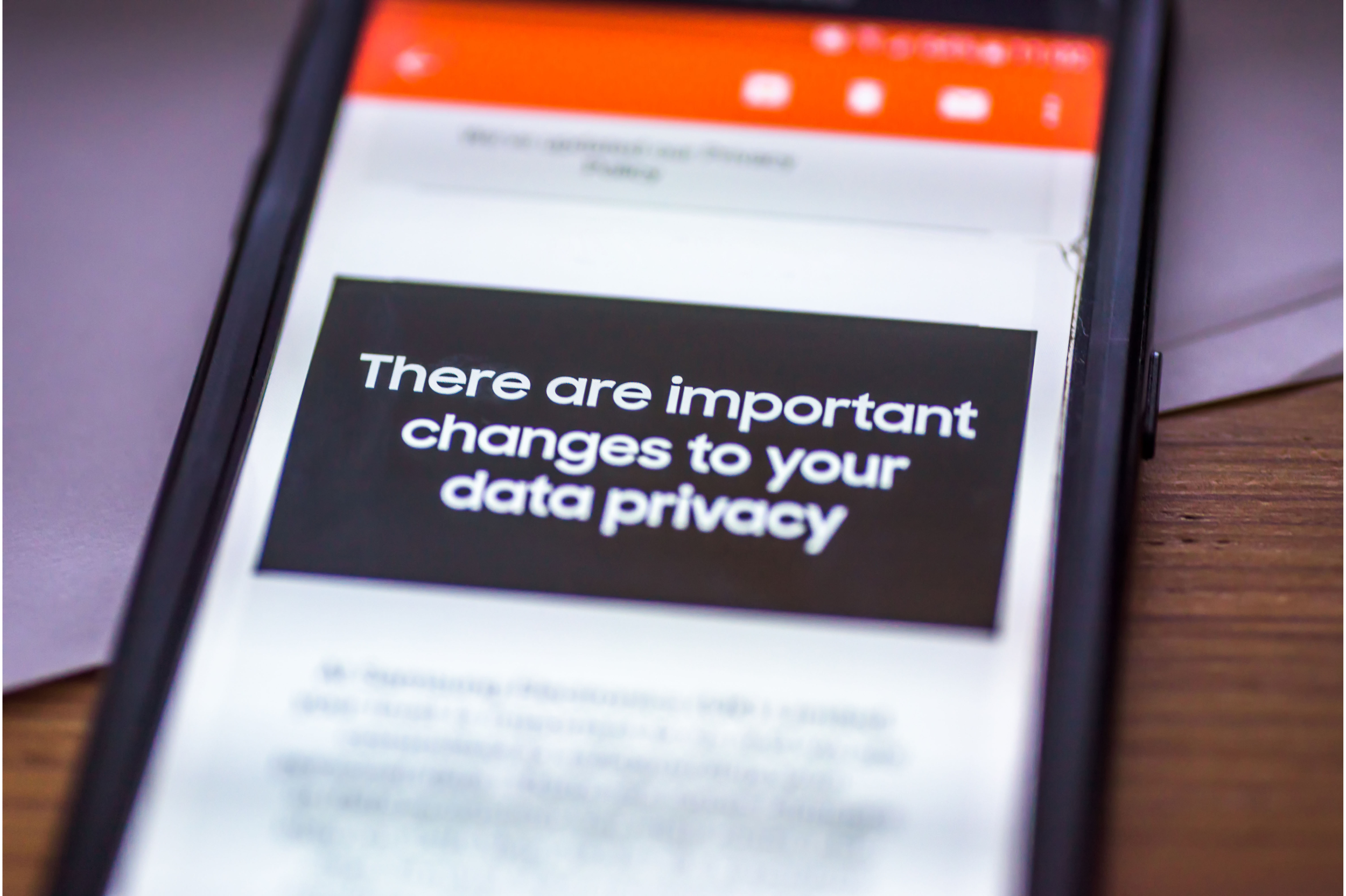In a future without third-party cookies, a marketing strategy that contains a mix of media—paid, earned, and owned—offers brands serious alchemic potential. Here’s why: A mix of media generates a rich set of first-party data. And when you add behavioral data from trusted data providers to the mix, you can position your brand for potential magic, in the form of deeper insights and an overall read of your market’s online engagement with your brand.
What Is Paid Media?
Paid media is the advertising and content you pay to have displayed on sites outside of your brand’s online properties. The canvas of paid media opportunities is vast, giving marketers access to a broad reach that would be challenging to achieve with owned media alone.
Types of Paid Media
When marketers talk about paid media, they’re generally thinking of the following:
- Social media ads. Ads on social media platforms are popular among marketers. According to HubSpot, 80% of the brands it surveyed paid for social media advertising in 2022, with Facebook and YouTube topping the list of the most popular platforms among marketers. Example: When you advertise on Facebook, you can choose from a number of ad formats, boost a post, or promote your page.
- Search engine ads. Search engine ads are typically pay-per-click (PPC) ads that appear on search engine results pages. And Google is the predominant player when it comes to search engine ads: In August 2022, it had an 88.33% share of the North American search engine market. Example: When you place a Google Search ad, Google shows your ad to people searching for the keywords you’ve chosen.
- Display ads. Display ads are paid ads, such as banner ads, image ads, video ads, and text ads, featured on external websites. Your choice of websites to display your ad depends on the advertising network you choose. Example: The Google Display Network offers targeting options that lets you segment the potential audience for your display ad campaign.
- Native advertising. With native advertising, your paid content is placed on a third-party website in a way that matches the look and feel of that site’s content. Although your native ad should blend in, the FTC requires your content to be clearly labeled as advertising (for example, “sponsored content”). Example: Navigate to any major web publication, such as Entrepreneur or Insider, and you’ll see native ads (typically at the bottom of the publisher’s own content).
- Influencer marketing. While influencer marketing has always been around, it’s grown significantly since the birth of social media. According to the Influencer Marketing Hub, in 2022 the influencer marketing industry is expected to grow to $16.4 billion. Example: Creativity abounds in the influencer sphere, ranging from giveaways to unboxings to reviews and much more.
First-Party Data Generated by Paid Media
When you have paid media in your marketing strategy, you get access to a wide range of data, including:
- cost and click (such as cost per click (CPC), cost per acquisition (CPA), and click-through-rate (CTR))
- conversions, traffic, and bounce rate
- impressions and reach
- engagement (for example, likes and re-tweets)
- return on investment (ROI)
Depending on the platform on which you’re placing your ads, you’ll also get access to key data about your customer that can help you better understand who they are and what they want. For example, your LinkedIn ad collects information such as company, job title, and job focus. A Google ad, on the other hand, will let you see data about things like prospects’ locations, devices, and certain cohorts they fall under.
What Is Owned Media?
Owned media refers to digital property and channels owned by your brand. Unlike paid media, which is very much “of the moment” (that is, it only lasts for the duration of your campaign), owned media works well from a long-term perspective.
Types of Owned Media
While there are many types of owned media, the following are the most commonly known and used:
- Website. Websites can come in all manner of styles and flavors, and most businesses will have one. Example: A retail store might have an e-commerce site complete with online shopping capabilities, but a solopreneur with a single digital product could potentially do business with a site that consists of one sales page.
- Blog. A blog is an extension of a website, and can be used to achieve various objectives, such as improving search rankings, building trust, or growing brand awareness. Example: A hotel chain’s blog focuses on posts featuring local things to do at destinations its hotels are located in, positioning itself as the resource travelers go to as they plan their itineraries.
- Digital publications. While ebooks and whitepapers are commonly used as lead magnets, or gated content, when it comes to digital publications the possibilities are endless. Example: A digital publication library could include not only ebooks but also PDF content such as checklists, and video content such as webinars.
- Social media content. It might be more accurate to call social media content “leased media”, since you don’t technically own the social media channels you’re on. Example: A home goods store might get a following on Instagram, while a restaurant might do well on TikTok with short behind-the-scenes videos.
- Email. Email has seen a resurgence in recent years, with 79% of marketers surveyed in the Litmus State of Email Report placing it in their top three channels for effectiveness. Companies use email for a range of purposes, from building brand awareness to promotion to in stock reminders. Example: An e-commerce site leverages abandoned shopping cart emails to entice customers distracted during the checkout process back onsite.
- Communities. Communities take time and effort to build, but the benefits of a loyal community of customers can be significant. Example: A local bookseller might run a virtual book club and couple it with a monthly subscription box featuring each month’s book club read.
First-Party Data Generated by Owned Media
The data generated by owned media can be particularly helpful for measuring performance over time. Some important metrics to follow include:
- website and blog (traffic and page views, unique visitors, bounce rate, and time on page)
- onsite interactions (for example, clicks, newsletter signups, downloads, and chat box interactions)
- email (open rate, clickthrough rate, unsubscribe rate, and bounce rate)
- social (clicks, shares, likes, retweets, impressions, reach, and followers)
But this data goes beyond performance measurement. For example, you can dive deeper into your onsite interactions to uncover what your users are interested in, and from there, determine their intent.
What Is Earned Media?
Earned media is the digital form of word-of-mouth marketing, and, it can have a significant impact on your marketing efforts. It’s essentially any third-party-generated publicity, content, or conversation around your brand that’s not paid media.
Types of Earned Media
The following are some of the more commonly known types of earned media:
- Press mentions. Also known as media mentions, press mentions occur when your company or brand is mentioned in online publications. Example: With the discussion around creativity in AI trending, a journalist reaches out to the CEO of a B2B AI app targeting graphic designers for an article in a well-known design publication on the future of AI art. This nets the app an impressive mention on a site its target market reads regularly.
- Non-paid influencer mentions. While influencers are often paid, brands also obtain earned media through non-paid influencer mentions. Example: A popular TikTok influencer in the cooking niche buys a fitness watch from a startup new to the smartwatch arena. They are so impressed they do an impromptu off-niche TikTok raving about the watch’s features. The influencer’s 940K followers take note—not an unusual occurrence, with TikTok being 1.7x more likely than other channels to be the source for product discovery.
- Customer reviews. Reviews are essential, especially for local businesses: According to BrightLocal’s 2022 Local Consumer Review Survey, 77% of consumers regularly read reviews when they’re looking for a local business. Example: A local hardware store encourages its customers to leave reviews on its Google Business Profile, and then pulls the latest reviews onto its site’s main page.
- Testimonials. Social proof is everything these days, as demonstrated by Wyzowl’s finding that 79% of consumers have watched video testimonials to find out more about a brand. Example: A car dealership sends follow-up emails to make sure buyers are happy with their new vehicle. The email includes a link to a form on the dealership’s website where customers can submit testimonials to be featured on the site.
- Social media mentions and shares. Social media mentions can be earned as well as paid. And even a simple share constitutes earned media—and has the potential to go viral with re-shares. Example: A celebrity website uses ShareThis’s inline share buttons on each of its article pages, making it easy for readers to share the site’s content.
- Posts/articles authored by others. This type of earned media can take the form of either a guest blog on your company blog or a mention in another website’s blog post that comes with a link back to your site. Example: A financial advisor receives a guest post from a budgeting app. When the post is published on the advisor’s site, the budgeting app shares the link on all its social channels.
First-Party Data Generated by Earned Media
Key metrics generated by earned media include:
- impressions, clickthrough rates, and referral traffic
- actions (for example, newsletter signups or downloads)
- social (mentions, hashtag growth)
- sentiment (review ratings, testimonials)
This data is invaluable for giving you a clear picture of how your brand is performing across various online spaces. And, like the data generated by the other forms of media, it gives you access to the kind of information—the sites referring users to your pages, for example— that helps you understand who your customer is, and what they want.
Why Marketers Want a Mix of Media
In addition to the first-party data you can accumulate with each form of media, a mix of media is important because of the interconnections between them. For example:
- paid media and earned media need to have owned media pages to send clicks to
- owned media needs to have a way to obtain a wider reach (via paid media and earned media)
Making Magic: Adding Behavioral Data to the Mix
Despite having a wealth of first-party data generated by your paid, owned, and earned media, it can be difficult to get a full picture based solely on this data. For example:
- which form of media is really moving the needle?
- where should you focus more time, effort, and spend?
Metrics Need Meaning
Without meaning, you’re left with an abundance of first-party data but not much insight. Behavioral data, like the data ShareThis provides, is the key here: It can give your data the meaning it needs.
When you add behavioral data to the mix, you can assess your market’s overall online engagement with your brand and your competitors’ brands by:
- tracking how users are engaging with your company’s name, products, offerings, and solutions
- seeing if your owned, earned, and paid media are influencing online engagement
Improve Your Paid, Owned, and Earned Media Strategy
You can also use behavioral data to improve your marketing strategy. For example, behavioral data can answer the following questions to help enhance your paid media:
- which topics or keywords are trending
- what channels your customers are engaging with the most
- what features or messaging will hook them
- how to hone in on your targeting
Behavioral data can also help your owned media strategy to:
- create content that resonates with your audience, based on online interest
- design products and guides to help with your customers’ pain points
- improve customer retention
- hook the first-time visitor
And by combining behavioral data with the data you gather from your earned media, you can keep a pulse on the overall sentiment around what is being shared online.
Neither paid, owned, nor earned media can do it all alone. You need a mix of media in your marketing strategy. And by combining the data you obtain through this mix with the power of behavioral data, like the data provided by ShareThis, you’ll be able to access crucial insights into how your market is engaging with your brand online.
Interested in learning more? Get in touch with ShareThis to see how you can use our behavioral data to improve your online media strategy.




